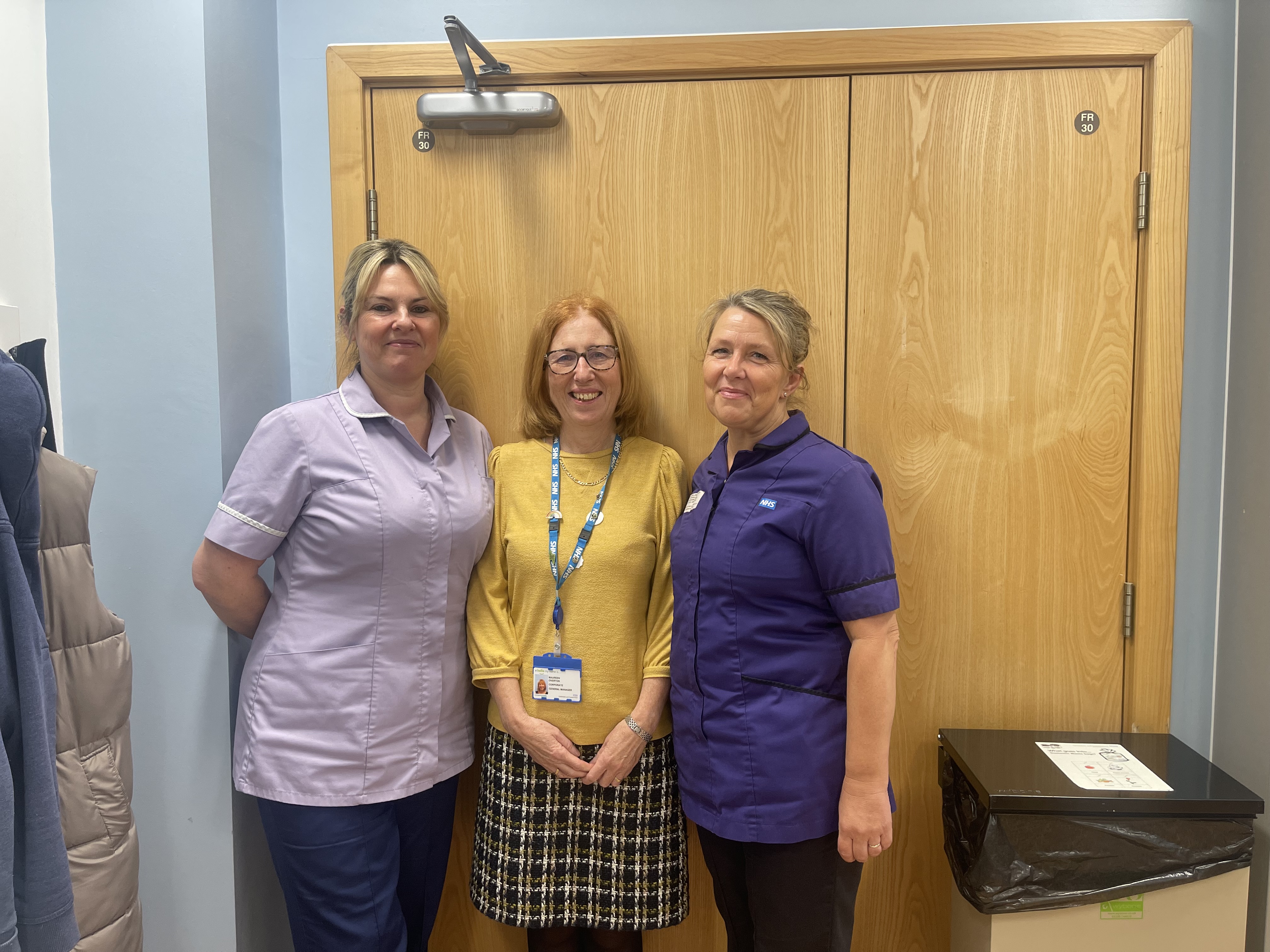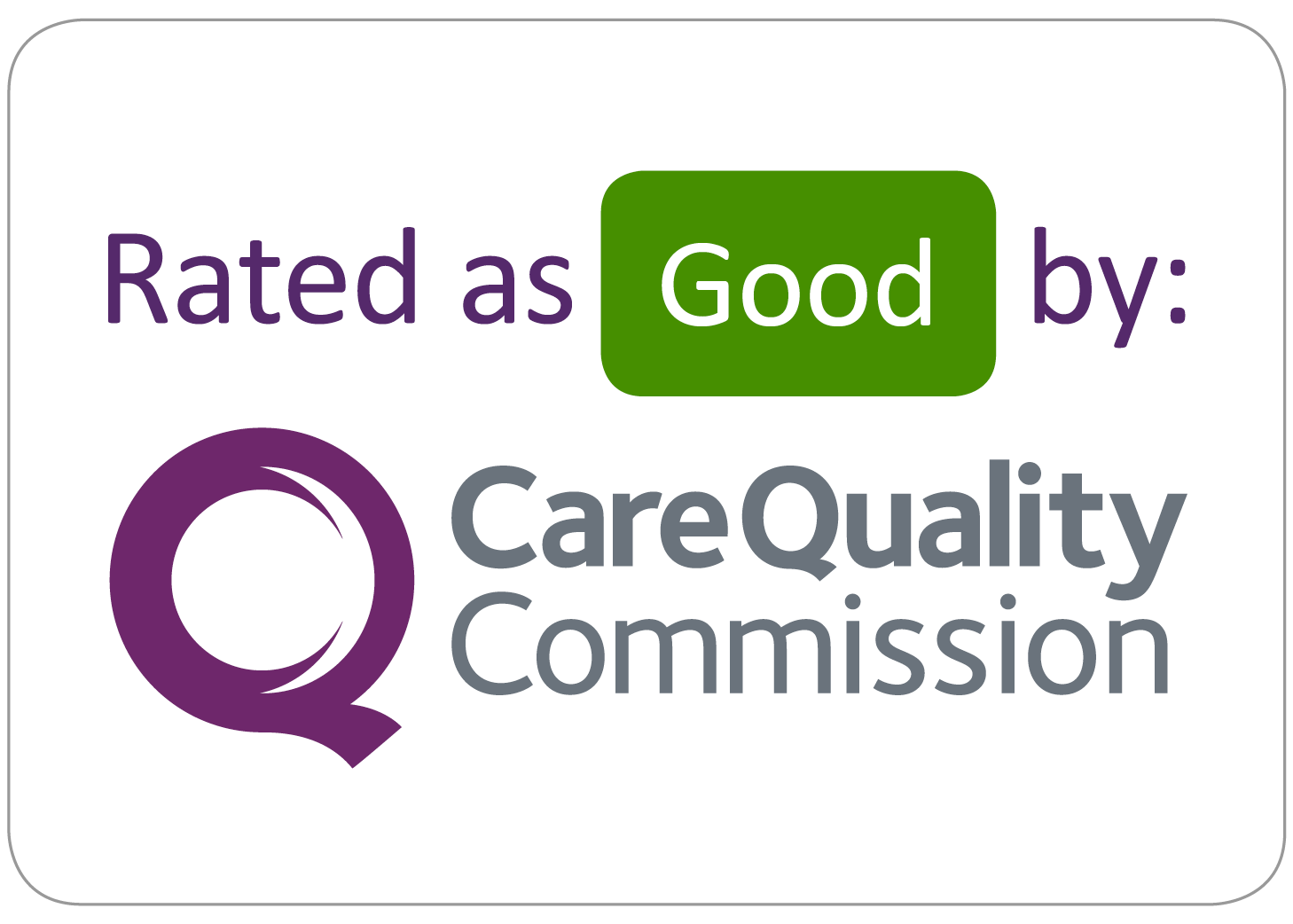Time spent carrying out standard processes in our Cancer Services teams has been cut, thanks to Robotic Process Automation (RPA), or digital bots.
RPA is a software technology that makes it easy to build, deploy, and manage software robots that mimic human actions by interacting with digital systems and software.
Bots are now carrying out many of these tasks in the teams, saving nursing and clinical colleagues a significant amount of time, which is being invested back into direct clinical care for their patients, improving their experience and outcomes.
Robotic Process Automation Manager, Julian Chadha, the RPA Team, and Quality Improvement Lead for Cancer Services, Deehan Mair, have worked together with the teams to introduce the digital time saving initiative.
Read more about how the teams, and our patients, are benefitting below.
Colorectal Cancer Nursing Team (pictured top)
What do the bots do?
- Review routine bowel cancer surveillance clinics and request standard carcinoembryonic antigen (CEA) blood tests for patients prior to their appointment
- Create new blood forms, sending them through DrDoctor
- Check that the blood test has been completed prior to the appointment. If not, the bot highlights this to the team to chase
- Collate blood results, highlighting any high-risk results prior to the appointment
What are the benefits?
The bots help eliminate wasted appointments when patients don’t have any results to discuss. Nursing colleagues are saved roughly 15 hours per week, as there is much less administration. This time is now spent on additional patient-facing duties and increased capacity for patients.
Breast Cancer Nursing Team
What do the bots do?
- Review mammogram scans for routine examinations for breast cancer patients.
- Read the reports to pick out the results code. Depending on the code, the bots either send a letter to the patient if nothing has been found or highlight it immediately to the nursing team.
- The bots calculate the examination period and request information so the nurses can easily request follow up scans if required.
What are the benefits?
The bots can identify low-risk patients (usually between 70 and 80% of screened patients), and send the letters on behalf of the team, saving up to 20 hours per week of senior nursing time.
This means the team can now spend more time dealing with high-risk patients that require additional support. The automation has been thoroughly tested and validated over several months and has a 100% success rate at reading the results code from the reports.



















